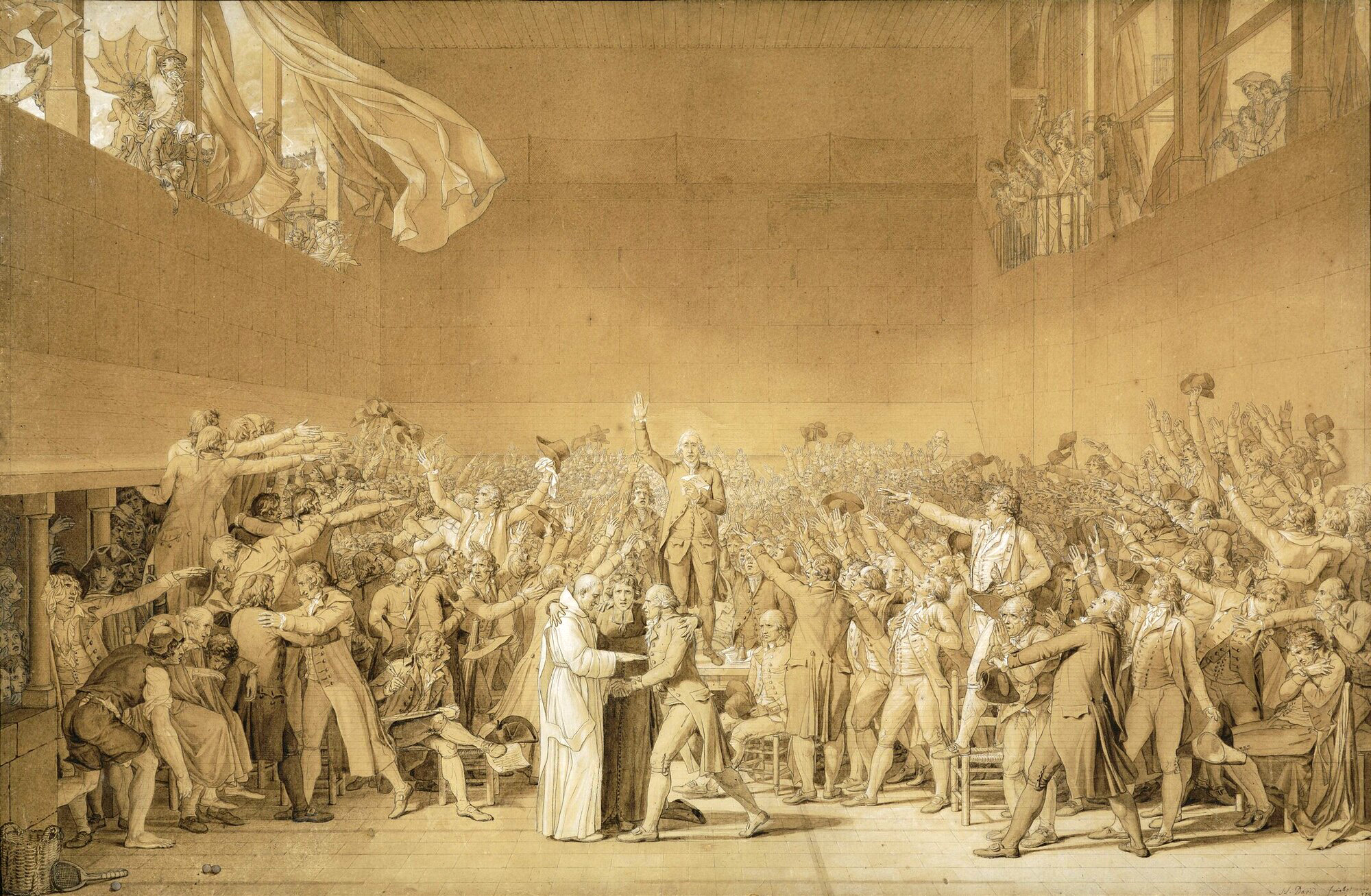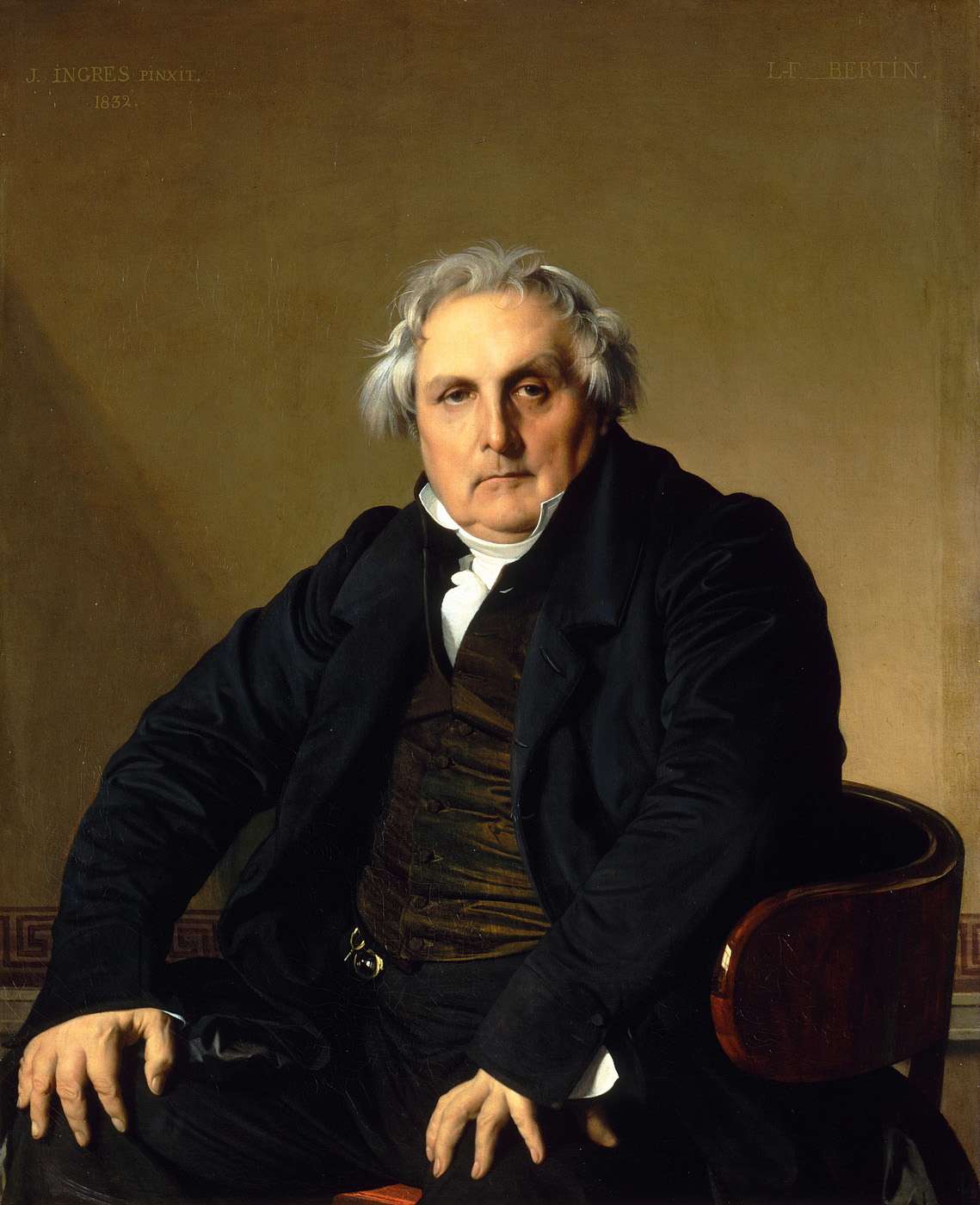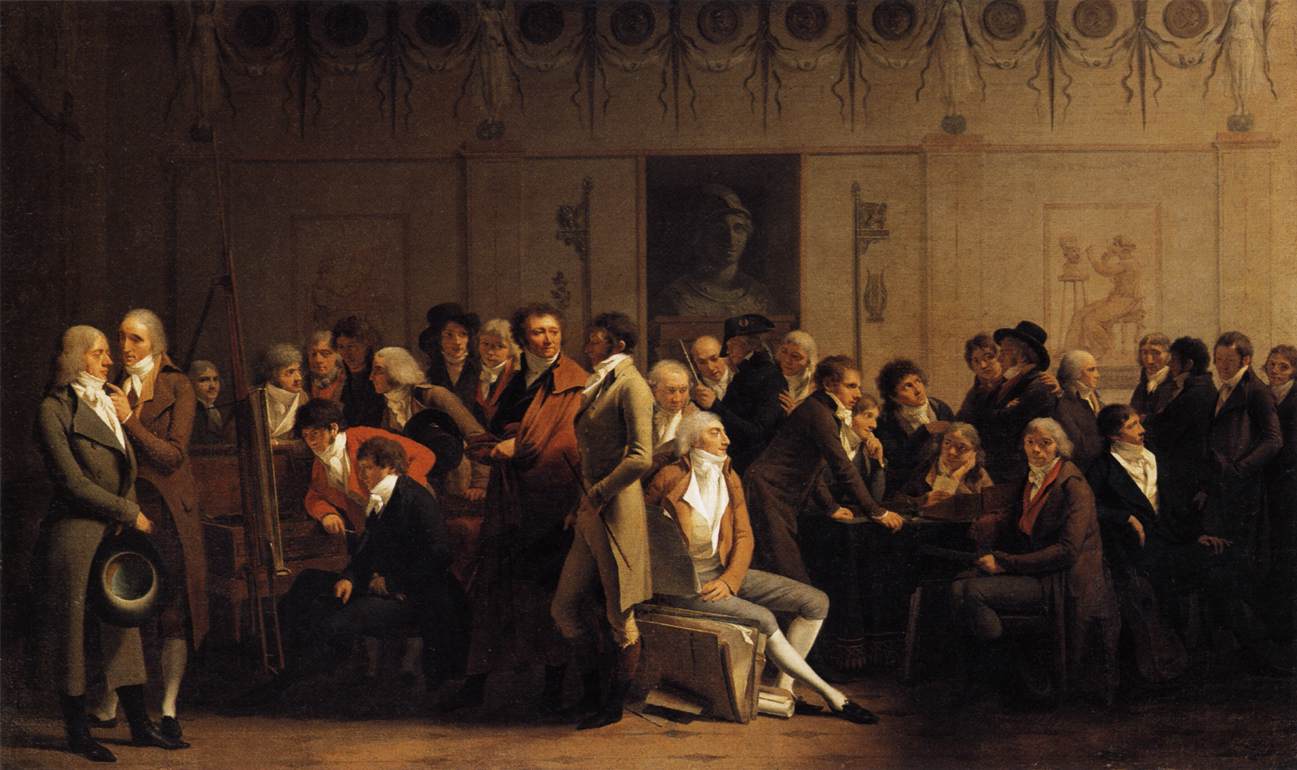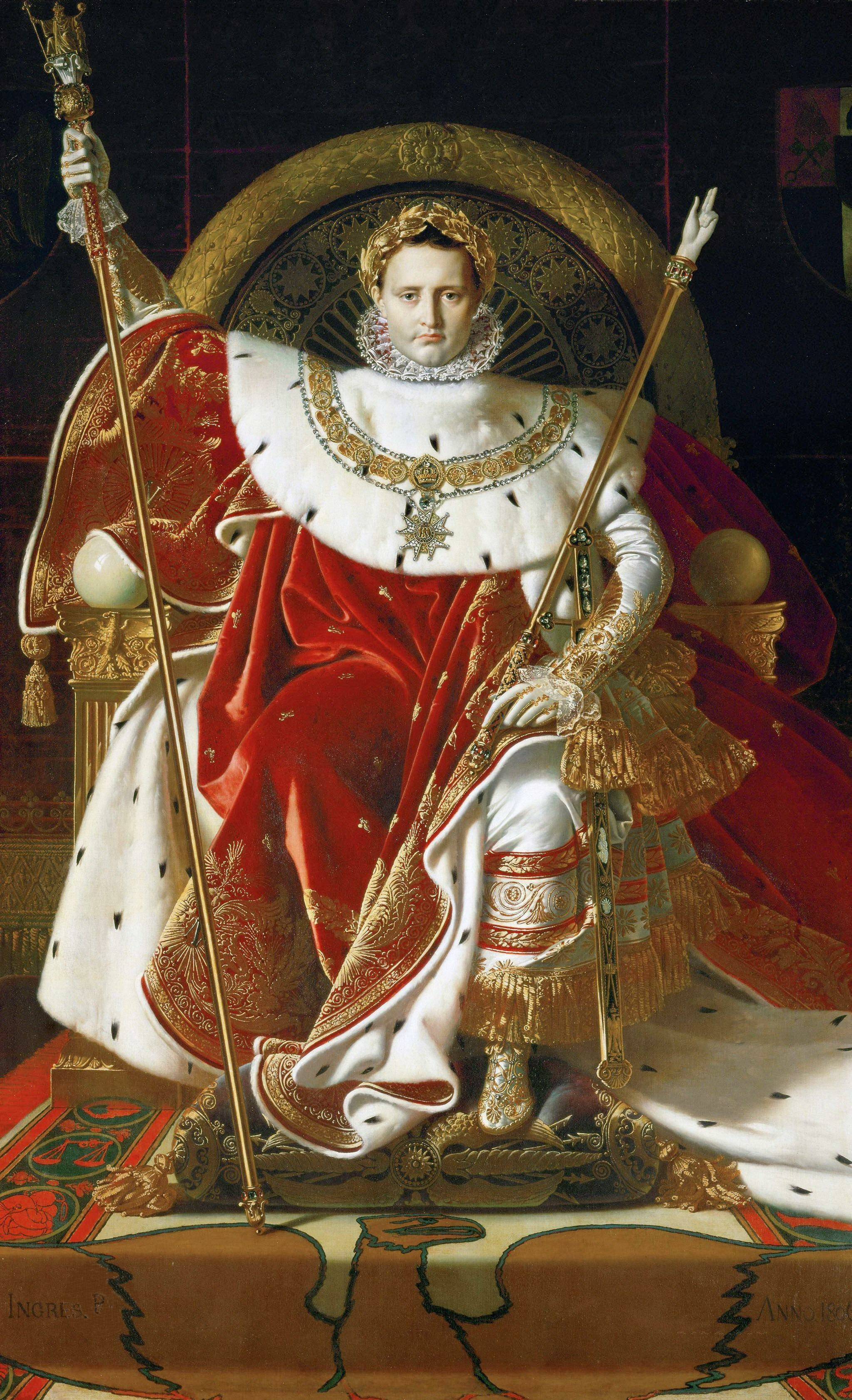 |
|
The Dream of St. Joseph by Georges de La Tour.
|
Most of us aren’t even aware that there was an Annunciation to Joseph. The Merode altarpiece, below, pretty much reflects our impression: we’re there (in the guise of the donors) listening as the Angel Gabriel drops his world-changing news, while Joseph whittles obliviously off to one side.
 |
|
The Mérode Altarpiece, by Robert Campin and assistant, 1425-28, shows Joseph’s usual place in our thinking about the Assumption; he’s off to one side, whittling.
|
Had the Angel of the Lord not spoken to Joseph, there would be no Christmas story. Mary would have been (quite legitimately) abandoned by him and quietly exiled, stoned, or worse. But few artists bothered painting his side of the story.
I posted my own painting of the subject recently; I imagined it was as if a bomb had gone off in Joseph’s life. Historically, those few artists who bothered followed the Bible account more closely and painted him sleeping.
Any idea that he was significantly older than Mary is a myth, similar to the Penitent Magdalene (and equally suspicious as to motive). But that is what the church taught, so that is what artists frequently painted. No surprise, then, that they actually preferred painting Mary, who was presumably younger and prettier and fully awake when Gabriel stopped by.
 |
|
The Dream of Saint Joseph, 1642-43, by Philippe de Champaigne. I hesitate to pass judgment on paintings, but that dangling angel actually makes me wince. I’m almost certain Mary feels the same way.
|
The Angel of the Lord appeared to Joseph bearing three different messages (in Matthew 1:20-21, Matthew 2:13, and Matthew 2:19-20). Each time, his vision was in the form of a dream; two of these dreams relate to the Flight into Egypt. Is there some confluence between the dreams of this Joseph and the dreams of his namesake, who rose to be Vizier of Egypt after being sold into slavery by his brothers?
 |
|
Raphael’s The Marriage of the Virgin isn’t an Annunciation, but it does show Joseph acting on his dream. Raphael painted this in 1504. Perugino painted almost the exact same painting in 1503 or 1504. One of those dudes owes the other an apology.
|
Georges de La Tour was almost alone in projecting serious thought onto the subject of Joseph’s first vision. His Joseph has fallen asleep while reading Scripture (which ties him to the standard iconography of Mary). A childlike angel gently touches his arm.
De La Tour used candles to describe his subjects’ souls; although we can’t see the flame itself, this one is elongated and smoking, implying that the wick is overlong. That, combined with the shadow of the scissors on the table, tell us that de La Tour was painting an old man at the end of his days. (It has been proposed that this might in fact be a painting of the Infant Samuel waking the priest Eli. It works charmingly either way.)
Let me know if you’re interested in painting with me in Maine in 2014 or Rochester at any time. Click here for more information on my Maine workshops!





.jpg)



























.jpg)


.jpg)

